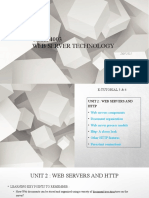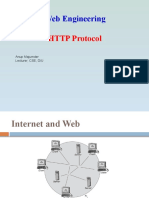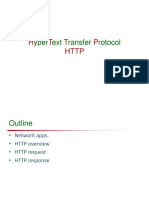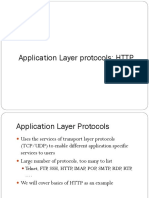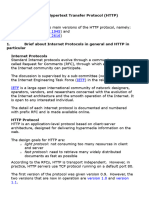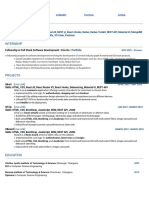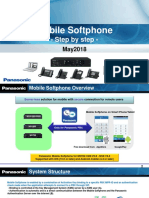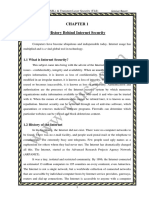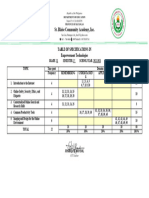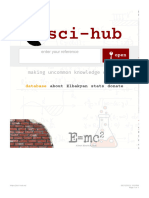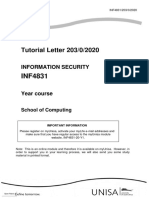0% found this document useful (0 votes)
54 views15 pagesCBSR 4003 Web Server Technology
The document discusses various aspects of web servers and HTTP including:
- Web server components and how they respond to client requests.
- Document organization on web servers using tree structures and file extensions.
- Different web server process models including cloning, multithreading, and using helper programs.
- The structure of HTTP requests and responses with headers and bodies.
- Additional HTTP features like inline images, file transfers using FTP, and persistent connections.
Uploaded by
COCLオスマンCopyright
© © All Rights Reserved
We take content rights seriously. If you suspect this is your content, claim it here.
Available Formats
Download as PPTX, PDF, TXT or read online on Scribd
0% found this document useful (0 votes)
54 views15 pagesCBSR 4003 Web Server Technology
The document discusses various aspects of web servers and HTTP including:
- Web server components and how they respond to client requests.
- Document organization on web servers using tree structures and file extensions.
- Different web server process models including cloning, multithreading, and using helper programs.
- The structure of HTTP requests and responses with headers and bodies.
- Additional HTTP features like inline images, file transfers using FTP, and persistent connections.
Uploaded by
COCLオスマンCopyright
© © All Rights Reserved
We take content rights seriously. If you suspect this is your content, claim it here.
Available Formats
Download as PPTX, PDF, TXT or read online on Scribd
/ 15

